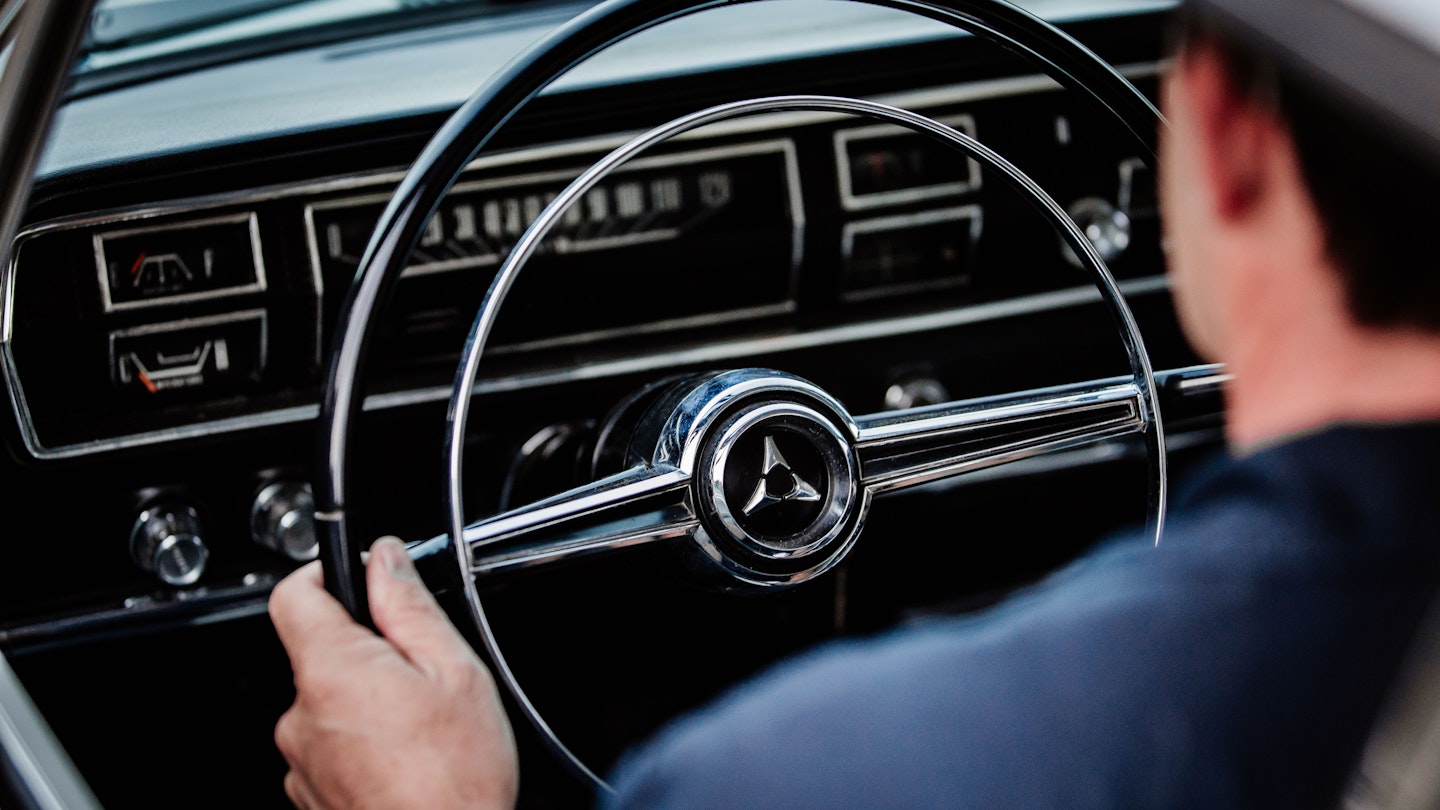Keeping On Top of Your Collectible Car Investment: For Enjoying and Selling

Most people don’t buy classic cars with the sole intent of making money -- the pure enjoyment of our cars comes first. But breaking even on one’s ownership of a car or keeping costs low sure helps with that happiness quotient.
It’s really hard to time the market, but how do you protect your car investment while still enjoying it?
Where to Buy Your Vehicle
Selling a car with the proper documentation and maximizing your return is certainly important, but most professionals say that they make their money when they BUY the vehicle. This takes some homework. It’s easy to fall in love with a classic car and overpay. These special cars are passion purchases so it’s easy to move forward to quickly when you're excited about your purchase. Here are some good tips:
- Do your research. Look up marque-specific sites online. Different years of the same model can often have very different options and features that make them worth a lot more or less than other examples. Hagerty offers industry-leading price guidance and records of historic auction sales as well. It’s important to know what it is you’re buying and what others have paid for similar cars.
- If possible, shop around. If you can sit in the car, drive it, and view other similar examples. The last thing you want to do is pay for a car and then find out its not the right fit or experience. Every car is unique based on its past. They can make different noises and steer, handle and brake very differently than your daily driver.
Keep Your Classic Car Mileage Low
Getting behind the wheel is the main motivator for many collectible purchases. If you pay a premium for a super low mileage preservation-class car, then every mile you put on it will hurt. If you plan to drive your car to work, on long trips, or on road rallies, then buy accordingly.
A higher-mile well-maintained car won’t suffer in value from an extra 10,000 miles like a 20,000 mile original car will. Think about your intended use and if you want a car you can use and enjoy, don’t pay that premium for that perfectly preserved museum piece.
How to Store Your Classic Car Properly
Maintaining the condition of your car starts with where it’s parked when you’re not driving it. If you live in an area with distinct seasons (specifically, winter) you’ll put your car away when the snow begins to fly. Certain times of year require different maintenance and upkeep. Find a place where your car is unlikely to get accidental damage (away from skis and bicycles stored on the wall or hung from the ceiling). Remove your battery and/or use a battery tender over the winter. Be sure to use some gas stabilizer as well.
To keep mice and small rodents away, buy some pest repellent, there are ones that are safe around kids and pets. Put some in the cabin, some in the trunk, and a third under the hood since mice like wire insulation. Placing some pest repellent around the perimeter of the garage helps, too.
Proper Mechanical Maintenance
If you don’t drive your car often it’s easy to overlook this, but the next buyer may be looking for records of regular oil changes and other fluids, checks of brake linings, and general proper treatment. Some models bring specific concerns and pricey scheduled maintenance. Porsche 944s and some Ferraris, for example, require timing belt changes at frequent intervals. If you are unsure where to start check out our guide to maintaining your classic car.
Having proof that these services are up to date becomes a bigger benefit when selling these cars.
Classic Car Documentation
It’s one thing to change your oil; it’s another to keep documentation of it. Receipts are easy – there are even online options to keep your files-- or you can stick them into a folder and organize them when it comes time to sell the car. If you perform maintenance yourself, then keep a log and file the receipts for the oil and other parts you bought. This is really about telling a story -- and that story is that you were a conscientious owner, confidently selling a vehicle that was well cared for.
Becoming a collector of high-end cars can be a pretty significant investment and comes with costs and maintenance. Hagerty is always here to guide you to protect and care for your classic car- feel free to reach out to us with any questions!
